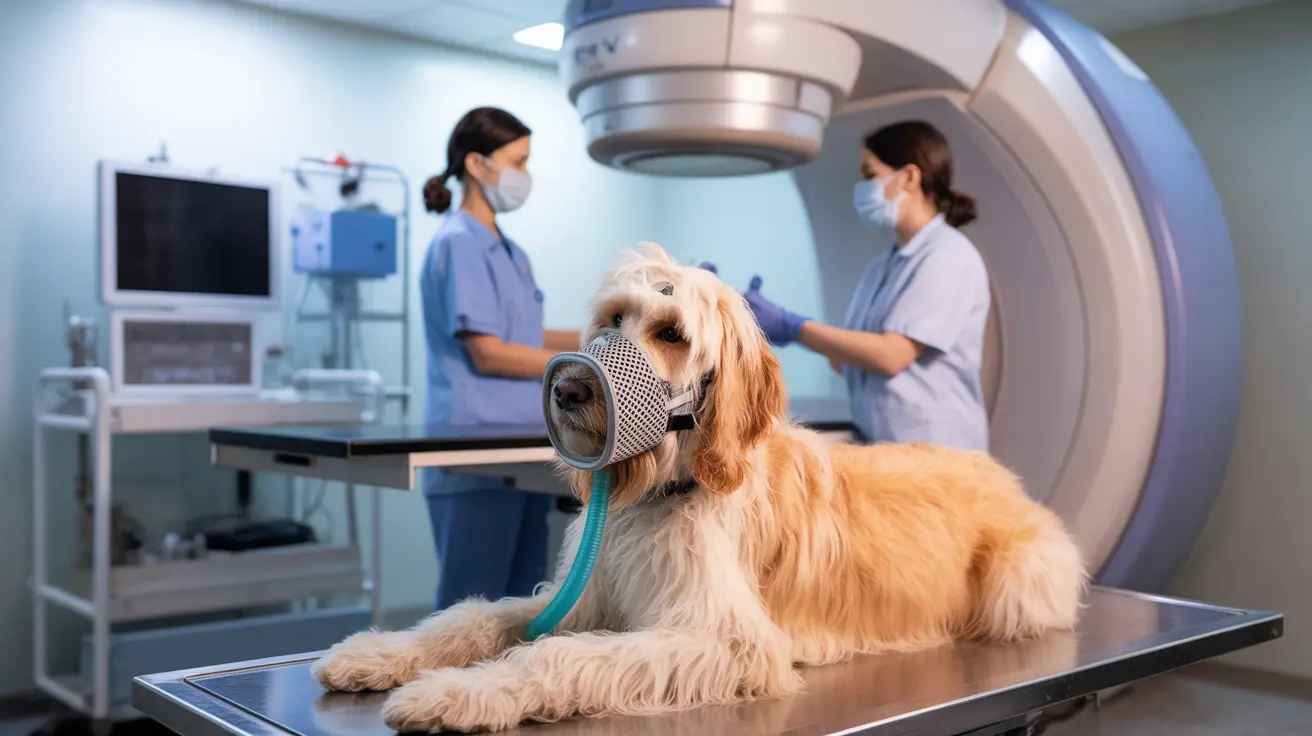Understanding Your Dog's Comfort in Darkness
Many pet owners wonder, "Are dogs okay in the dark at night?" The answer depends on a variety of factors, including the dog’s environment, health, past experiences, and individual temperament.
Do Dogs Have Night Vision?
Dogs have significantly better night vision than humans, thanks to:
- Rod-rich retinas: Dogs have more rod cells that are sensitive to dim light conditions.
- Tapetum lucidum: A reflective layer behind the retina that enhances low-light vision.
While their vision is not perfect in total darkness, dogs can navigate quite well in low light conditions.
Why Might Some Dogs Fear the Dark?
Despite their abilities, some dogs do show fear or anxiety in the dark. This can be due to:
- Past negative experiences: If a dog was previously startled, punished, or left alone in dark areas, they might associate darkness with fear.
- Separation anxiety: Darkness often signals isolation, triggering anxiety in dogs with this condition.
- Aging and health issues: Older dogs with declining vision or cognitive dysfunction may feel disoriented in dark environments.
- Reduced sensory input: Although dogs rely on smell and hearing, darkness can make unfamiliar spaces harder to navigate, especially for visually impaired dogs.
- Noises at night: Quieter nighttime environments can make everyday creaks, rustles, or outdoor sounds seem louder and scarier.
- Environmental changes: Moving to a new home or changes in routine can make the dark feel unfamiliar and stressful.
- Lack of exposure: Puppies or newly adopted dogs may need gradual exposure to dark environments.
- Previous trauma: Dogs with traumatic pasts can associate darkness with confinement or neglect.
- Breed predispositions: Some breeds are more sensitive and may be naturally wary in low-light conditions.
Signs Your Dog May Be Afraid of the Dark
Watch for these signs that could indicate your dog is uncomfortable in the dark:
- Hesitating to enter dark rooms
- Whining, barking, or howling at night
- Restlessness or pacing
- Clinginess or refusal to sleep alone
- Hiding or attempting to escape when lights go out
- Destructive behavior at night
How to Help a Dog That Fears the Dark
If your dog seems uncomfortable in the dark, consider these supportive steps:
- Use a nightlight: Providing low lighting in their sleeping area helps reduce stress, especially for older or visually impaired dogs.
- Create a safe space: Make their bed cozy with familiar items and place it in a quiet, secure location.
- Gradual exposure: Slowly expose your dog to darker spaces with positive reinforcement like treats or praise.
- Maintain a nighttime routine: Consistency with bedtime activities helps reduce anxiety.
- Minimize background noise: Sound-dampening strategies can reduce anxiety triggers from outdoor or household noises.
- Consult a vet: Rule out medical issues like cataracts or cognitive decline if the behavior is new or worsening.
- Consider calming aids: Anxiety wraps, pheromones, or calming supplements can support relaxation.
- Train positively: Avoid scolding; instead, reward calm behavior and use kindness and patience to build confidence.
- Address separation anxiety: Keep your dog closer at night or use crate training as a comfort strategy.
- Seek professional help: A certified trainer or behaviorist can offer targeted strategies for dogs with severe anxiety.
Conclusion
While most dogs are not afraid of the dark by nature, they may develop night-time anxiety for various reasons. Understanding the triggers, recognizing signs of distress, and using supportive strategies can go a long way toward helping your dog feel secure and calm at night.





